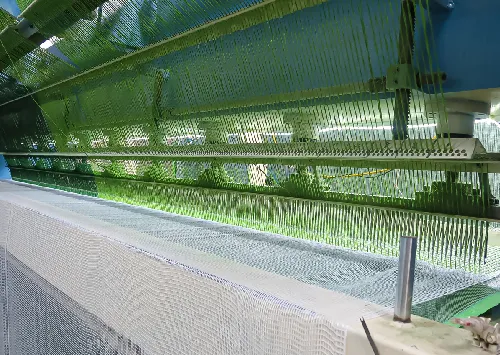Calculating Expenses for Transitioning from Natural Grass to Artificial Turf Solutions
Oct . 22, 2024 12:31 Back to list
The Cost of Replacing Grass with Artificial Turf
In recent years, the trend of replacing natural grass with artificial turf has gained significant traction in both residential and commercial landscapes. While artificial turf offers various advantages, including reduced maintenance and year-round usability, understanding the cost implications of this transition is essential for homeowners and businesses alike.
Initial Investment
The most immediate cost associated with installing artificial turf is the initial investment. The price of artificial turf can vary widely based on the quality of the materials, the type of installation, and the area being covered. On average, homeowners can expect to pay between $5 to $20 per square foot for high-quality synthetic grass. This price typically includes the turf material itself, base materials for installation, and potential labor costs if hired professionals are used. For larger areas such as sports fields or commercial properties, these costs can add up quickly, often exceeding tens of thousands of dollars.
Long-Term Savings
Despite the high initial expenses, one of the compelling arguments for installing artificial turf is the long-term savings it offers. Natural grass requires regular maintenance, including mowing, watering, fertilizing, and pest control. The costs associated with these maintenance practices can accumulate significantly over time. For instance, a typical residential lawn may incur annual maintenance costs of between $300 to $1,000, depending on the size of the lawn and local prices for services and materials.
Artificial turf, in contrast, requires minimal maintenance. Once installed, it needs occasional brushing and rinsing to remove debris, but it eliminates mowing and watering costs. Over a 15- to 20-year lifespan, the savings on maintenance can potentially offset the initial installation expense.
Environmental Considerations
cost of replacing grass with artificial turf

While artificial turf offers a lower maintenance profile, it is essential to consider its environmental impact. Traditional grass lawns contribute to local ecosystems, providing habitats for insects and birds, and aiding in the absorption of rainwater. In contrast, synthetic turf is made from non-renewable resources and can contribute to plastic waste.
Moreover, the production and installation of artificial turf require energy and materials that have their own carbon footprints. However, proponents argue that the reduction in water usage—particularly in drought-prone areas—can significantly benefit local water supplies.
Aesthetic Appeal
Another factor to consider in the cost equation is the aesthetic appeal of artificial turf. For homeowners, a well-installed synthetic lawn can provide a verdant, lush appearance without the hassle of upkeep. This can increase the property value and appeal to potential buyers, particularly in regions where drought conditions make maintaining a natural lawn challenging.
Commercial properties, such as sports complexes and parks, also benefit from consistent appearance and functionality year-round, regardless of weather conditions. This reliability can enhance user experience and potentially increase foot traffic, translating to higher revenues.
Conclusion
The decision to replace natural grass with artificial turf involves careful consideration of both immediate and long-term costs. While the initial expenditure can be significant, the reduction in maintenance costs and enhanced usability can make synthetic grass a financially sound investment over time. Additionally, the implications of the environmental impact and the aesthetic benefits should not be overlooked. By weighing these factors, individuals and organizations can make informed decisions that align with their values and financial strategies.
-
Durable, Eco-Friendly Turf for Balcony | Enhance Your Urban Space
NewsNov.24,2025
-
Turf Between Pavers: Sustainable Green Paving Solutions for Modern Urban Spaces
NewsNov.24,2025
-
Discover the Benefits of Turf and Pavers Backyard | Sustainable Outdoor Design
NewsNov.24,2025
-
Top Quality Artificial Grass – Sustainable, Durable, and Stylish Turf Solutions
NewsNov.24,2025
-
Durable and Eco-Friendly Thick Artificial Grass Solutions | Hoya Grass
NewsNov.24,2025
-
Synthetic Turf: Sustainable Green Solutions for Sports, Industry & Urban Living
NewsNov.24,2025
Products categories










